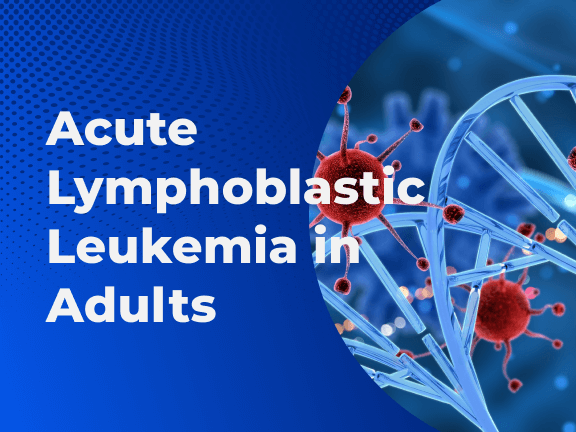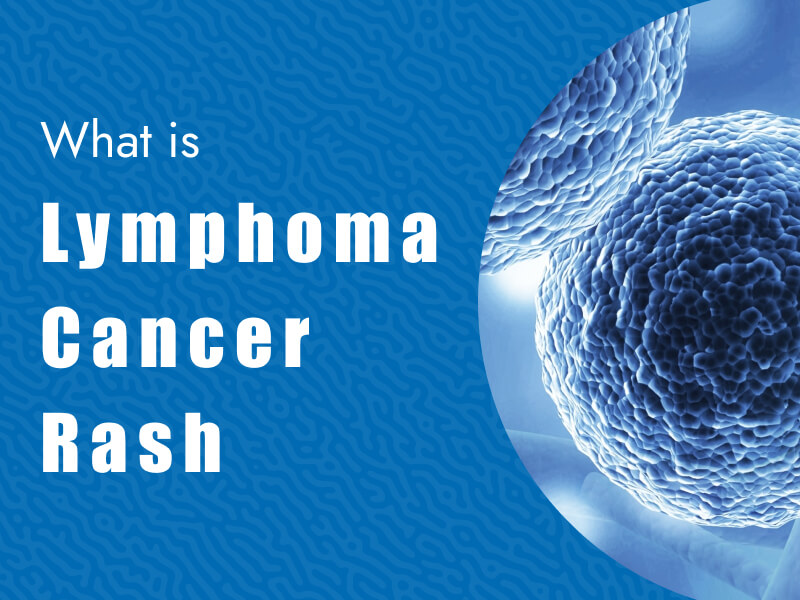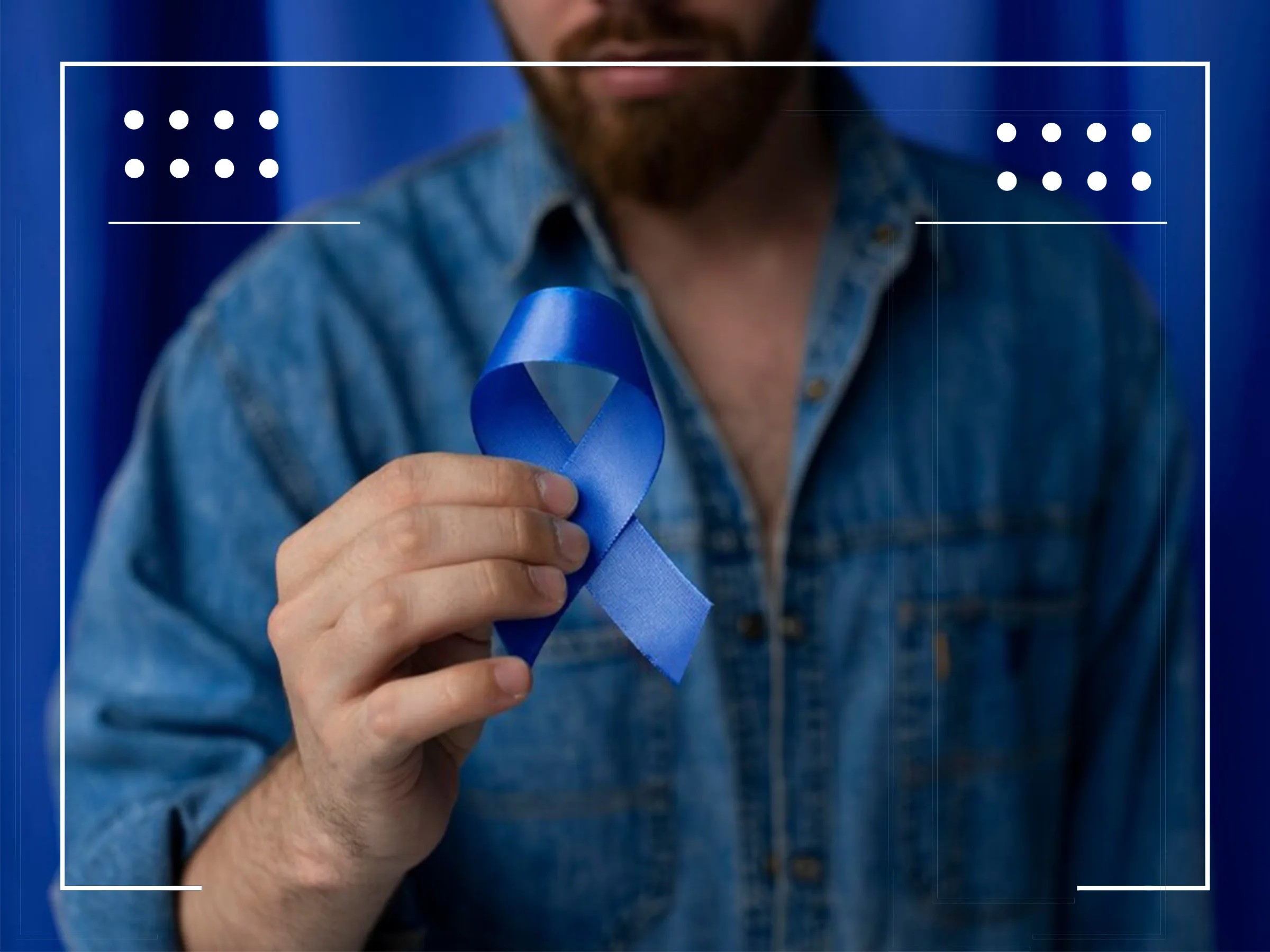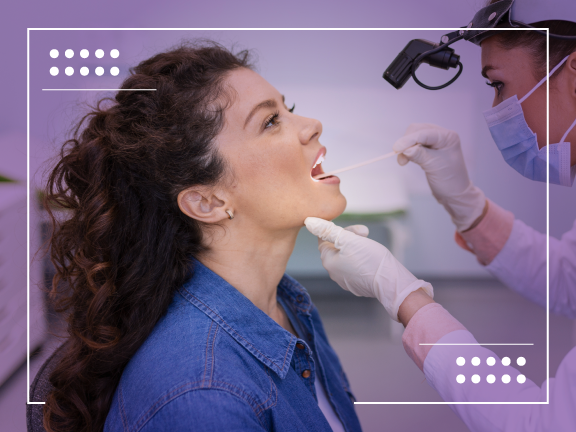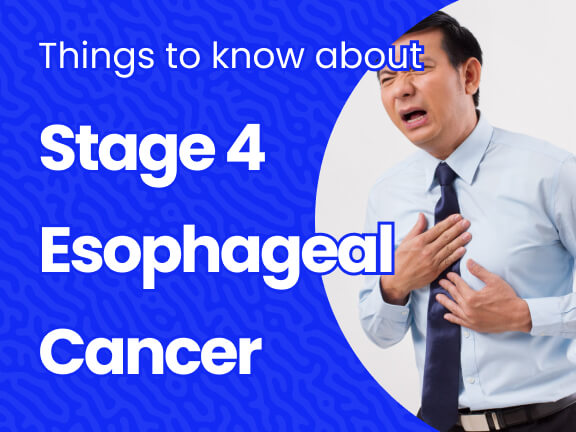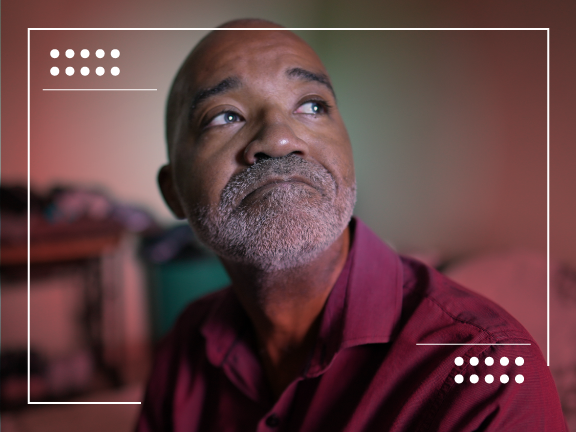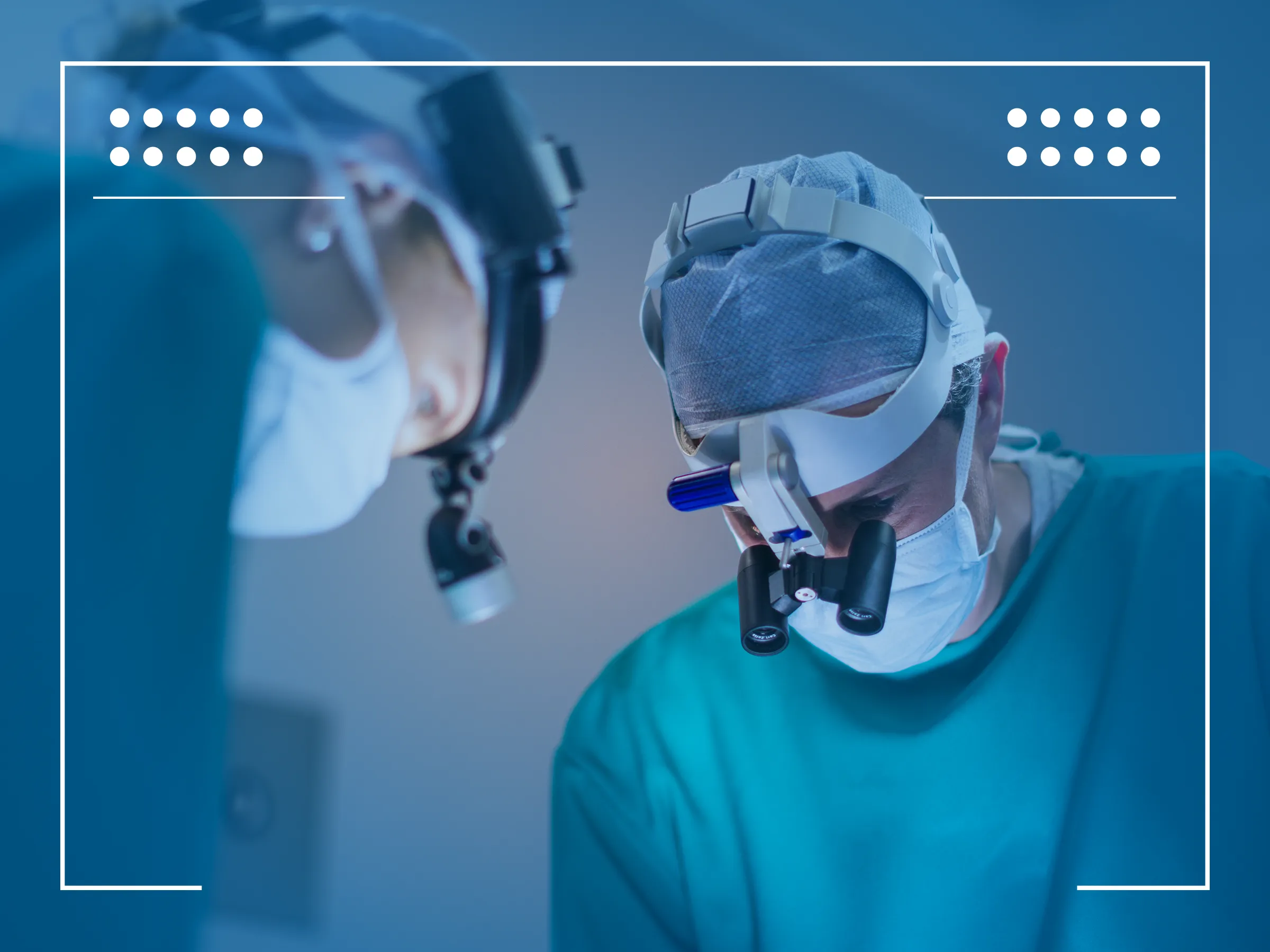Acute Lymphoblastic Leukemia in Adults
Adult lymphoblastic leukemia (ALL) is a blood cancer that causes the bone marrow to make too many white blood cells called lymphocytes. Leukemia has many subtypes and can affect all types of blood cells (red blood cells, white blood cells, platelets).
About Acute Lymphoblastic Leukemia
ALL is one of the most common types of pediatric cancer but is also seen in adults. Overall, there are over 6,100 new cases of ALL each year in the United States.
Stages of Adult Acute Lymphoblastic Leukemia
Staging for ALL is different than other cancer types as there is no standard staging system for adults Cases are considered recurrent, in remission, or untreated.
- Recurrent adult ALL has recurred after being in remission and can be in the blood, bone marrow, or other parts of the body.
- Adult ALL that is in remission has already been treated and has normal complete blood count (CBC) results. 5 percent or less of the bone marrow cells are blasts. The only leukemia symptoms present are in the bone marrow and nowhere else.
- Untreated adult ALL is newly diagnosed that has not been treated unless to relieve symptoms from the disease such as fever, pain, or bleeding. CBC results are still normal, but more than 5 percent of bone marrow cells are blast cells (leukemia cells). Signs and symptoms of leukemia are present.
Acute Lymphoblastic Leukemia Risk Factors in Adults
There is no known cause for ALL, but researchers have identified several risk factors. Risk factors in cancer increase an individual’s chance of a disease developing. Having one or more risk factors present does not guarantee that someone will develop ALL or another cancer. Likewise, some cases of cancer are diagnosed in those without any risk factors. Known risk factors for ALL include:
- Exposure to radiation.
- Exposure to certain chemicals such as benzene or those in glue, cigarette smoke, cleaning products, etc. Being treated with certain chemotherapy drugs also may increase one’s risk.
- Certain viral infections such as T-cell lymphoma/leukemia virus-1 (HTLV-1) or the Epstein-Barr virus (EBV). However, this is not nearly as common in the United States as other parts of the world.
- Genetic syndromes such as Down syndrome, Klinefelter syndrome, Fanconi anemia, Bloom syndrome, Ataxia-telangiectasia, Neurofibromatosis, Li-Fraumeni syndrome. There is no known inherited risk of ALL, meaning having a family member with the disease does not increase your risk of developing ALL.
- Age, most cases of ALL are diagnosed in children or adults over the age of 50.
- ALL is more common in those who are white compared to African Americans.
- Males are known to be more at risk of ALL than females.
What Are the Treatment Options for ALL In Adults?

There are two different phases of adult ALL treatment including, remission induction therapy and post-remission therapy. The first phase of treatment is remission induction therapy, where the goal is to kill leukemia cells in the bone marrow and blood. At the conclusion of this phase, the leukemia is in remission. Post-remission therapy, also known as remission continuation therapy, aims to kill any remaining leukemia cells that could regrow and cause a relapse. Treatment options depend on several factors such as age, and symptoms present.
There are four standard treatments used to treat adult ALL:
Chemotherapy: This drug stops cancer cells from growing by killing them or preventing them from dividing. Chemotherapy is either taken by mouth or injected into a vein or muscle. This systemic chemotherapy can reach cancer cells throughout the body through the bloodstream. Regional chemotherapy is placed directly in the cerebrospinal fluid, several organs, or a body cavity such as the abdomen. The drug only affects the cancer cells in the region it is placed. Some patients receive a combination of chemotherapy drugs. Standard chemotherapy is used in many cancers but is not able to reach the leukemia cells in the central nervous system (CNS), which consists of the brain and spinal cord. In adult ALL, CNS prophylaxis therapy is often given during both phases of treatment. Systemic chemotherapy given in high doses, intrathecal chemotherapy, and radiation therapy in the brain is used to reach these leukemia cells. These treatments reduce the risk of recurrent ALL.
Intrathecal chemotherapy is used when the cancer has spread to the brain and spinal cord. In some cases, it is used before any leukemia cells have spread to the brain or spinal cord, which is called central nervous system prophylaxis.
Radiation therapy: High-energy x-rays or other types of radiation are used to prevent cancer cells from growing or kill them. External radiation therapy is a machine used outside the body that targets the radiation to one specific area of the body. ALL can be treated with external radiation therapy when it has spread to the brain and spinal cord. This is called CNS sanctuary therapy or CNS prophylaxis. In later stages of cancer, radiation is used as a palliative therapy, which aims to improve the patient’s quality of life and reduce symptoms.
Stem cell transplant with chemotherapy: One of the negative side effects of chemotherapy is that healthy cells also can be killed in addition to the cancer cells. In a stem cell transplant, the blood-forming cells are replaced. First, immature blood cells, known as stem cells, are removed from the blood or bone marrow either from the patient or a donor (usually a sibling or family member). The patient will then receive chemotherapy to kill as many cancer cells as possible. The stem cells are frozen during this process, then thawed out once chemotherapy is completed to be injected into the patient. The stem cells then grow and divide to restore the body’s blood cell production to normal.
Targeted therapy: Targeted therapies use drugs or other substances to attack cancer cells with specific characteristics that aren’t present in normal cells, leading to less healthy cells being attacked than in chemotherapy or radiation therapy. The two main targeted therapies for ALL are monoclonal antibodies and tyrosine kinase inhibitor (TKI) therapy. Monoclonal antibodies are immune system proteins artificially made to treat diseases such as cancer. These antibodies bind to cancer cells, then kill them by blocking their growth and preventing them from spreading. Patients receive the antibodies through an infusion and sometimes they also carry drugs, toxins, or radioactive material to the cancer cells. The most common monoclonal antibodies used for ALL are intuzumab ozogamicin and blinatumomab. TKI therapy is a cancer treatment that blocks the tyrosine kinase, an enzyme that causes stem cells to develop into more white blood cells (blasts) that the body doesn’t need. Common TKI inhibitors for ALL include imatinib mesylate, nilotinib, and dasatinib.
New studies and drugs are also being studied in clinical trials for ALL in adults. Clinical trials are available for patients with ALL and other cancers to enroll in and gain access to leading-edge therapies before they become the standard of care.
Immunotherapies such as Car T-cell therapy and other promising drugs are currently being developed in clinical trials. Immunotherapies stimulate the patient’s immune system to fight cancer. Substances naturally made in the body or created in a laboratory are given to patients to boost the immune system, direct the immune system what cells to attack, or restore the body’s natural defenses against cancer. Immunotherapy is considered a type of biological therapy.
Car T-cell therapy alters the body’s T-cells to attack specific proteins on the surface of the cancer cells. Special receptors are added to the surface of T-cells before being injected back into the patient. These cells are called chimeric antigen receptors (CAR). T-cells multiply in the patient’s blood and attack the leukemia cells. This therapy has been mostly studied in adult ALL that has relapsed.
What Is the Survival Rate of Acute Lymphoblastic Leukemia in Adults?
In adults, the survival rate of ALL is lower than in children. The overall 5-year survival rate is nearly 69 percent, but 90 percent in children. For adults, the rate is estimated to be between 30 and 40 percent. These survival rates have been increasing due to the new drugs and therapies developed through cancer research in clinical trials. Factors for survival rate include age, subtype of disease, treatment response, and more.
Sources:
https://www.kucancercenter.org



